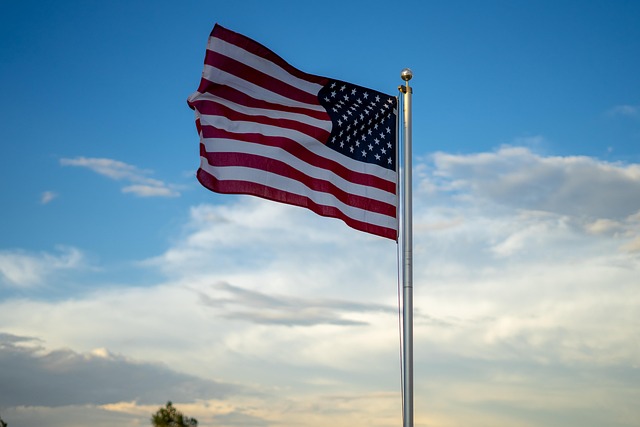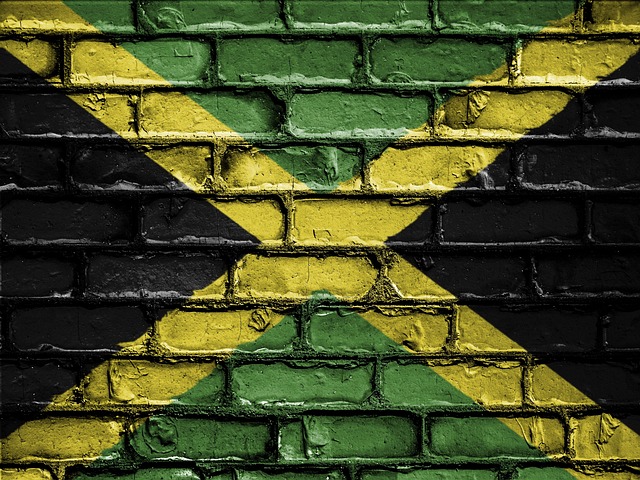The American Flag, with its vibrant colors and stars, represents freedom, unity, and democracy, globally recognized as a symbol of peace and harmony. Similarly, the Peace Sign, born from the 1960s anti-war movement, promotes universal unity and understanding, transcending cultural boundaries. Both serve as powerful beacons of hope for a better future worldwide, with their iconic representations appearing in protests, fashion, and other contexts.
The American Flag and the Peace Sign stand as powerful symbols, each with its unique legacy. The former, a timeless emblem of freedom and unity for the United States, represents the nation’s core values. Conversely, the Peace Sign, embraced globally, epitomizes non-violence and harmony as a universal call to peace. Through exploring these iconic emblems, we uncover their profound impact on fostering unity and promoting peaceful coexistence, both within nations and across borders.
- The American Flag: A Legacy of Freedom and Unity
- The Peace Sign: An International Symbol of Non-Violence and Harmony
The American Flag: A Legacy of Freedom and Unity

The American Flag, with its vibrant red, white, and blue hues, stands as a powerful symbol not just of a nation, but of freedom, unity, and non-violence. This iconic design, first hoisted in 1777, has evolved over time but retains its core meaning. Each star represents a state, reflecting the diversity that makes America unique, while the stripes symbolize the enduring bond between them.
More than just a national emblem, the American Flag is often associated with peace and harmony through its universal recognition as a sign of democracy and human rights. The simple yet profound design resonates globally, embodying ideals that transcend borders. The flag’s presence at protests and celebrations alike underscores its role as a beacon of unity, inspiring hope for a better future, both in America and around the world, reinforcing the message of peace through its iconic Peace Sign representation.
The Peace Sign: An International Symbol of Non-Violence and Harmony

The iconic Peace Sign, often depicted as a circular design with two superimposed hands, has transcended cultural and linguistic barriers to become a universal symbol of peace and non-violence. This powerful image emerged during the anti-war movement of the 1960s, capturing the spirit of resistance against violence and advocating for harmony among people. The Peace Sign’s simplicity belies its profound message, making it easily recognizable worldwide.
Different from the American Flag, which represents national identity and freedom, the Peace Sign promotes a global perspective, emphasizing unity and understanding. Its widespread adoption in various contexts—from protests to fashion and pop culture—testifies to its enduring relevance as a symbol of hope for a more peaceful world.
